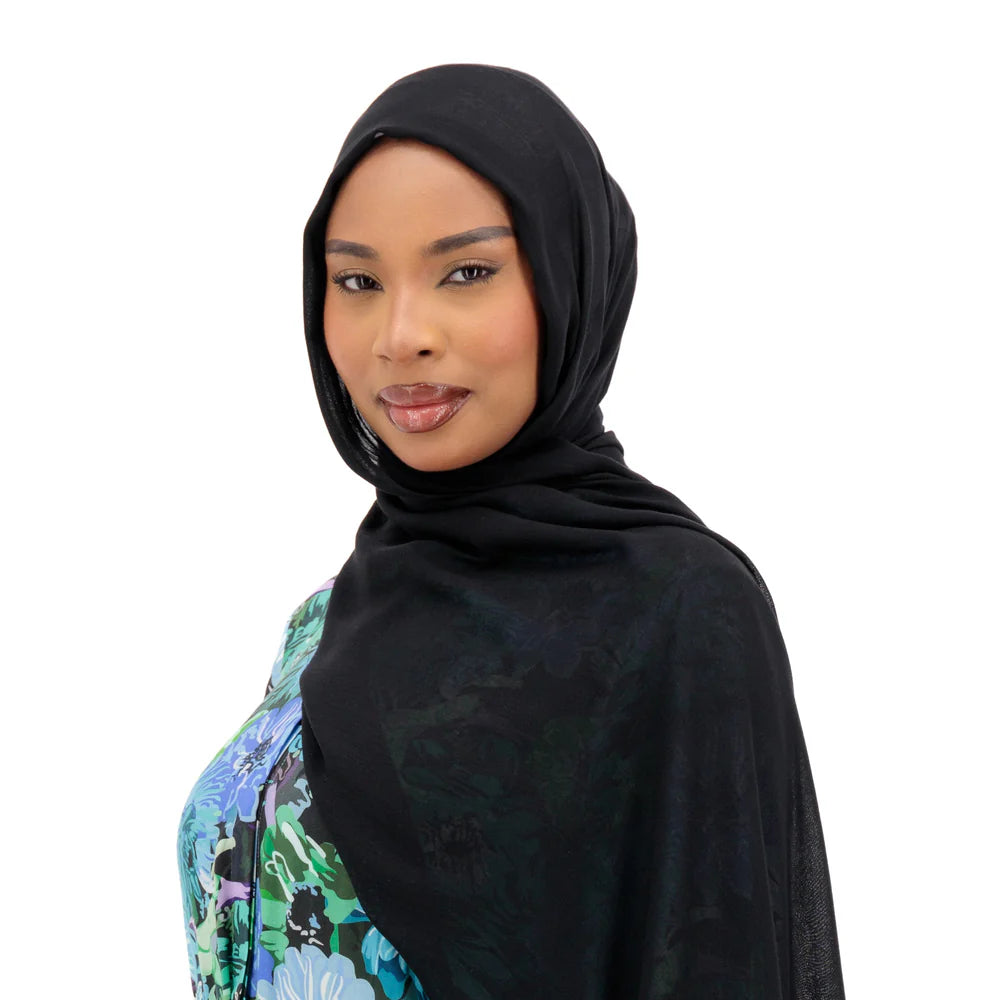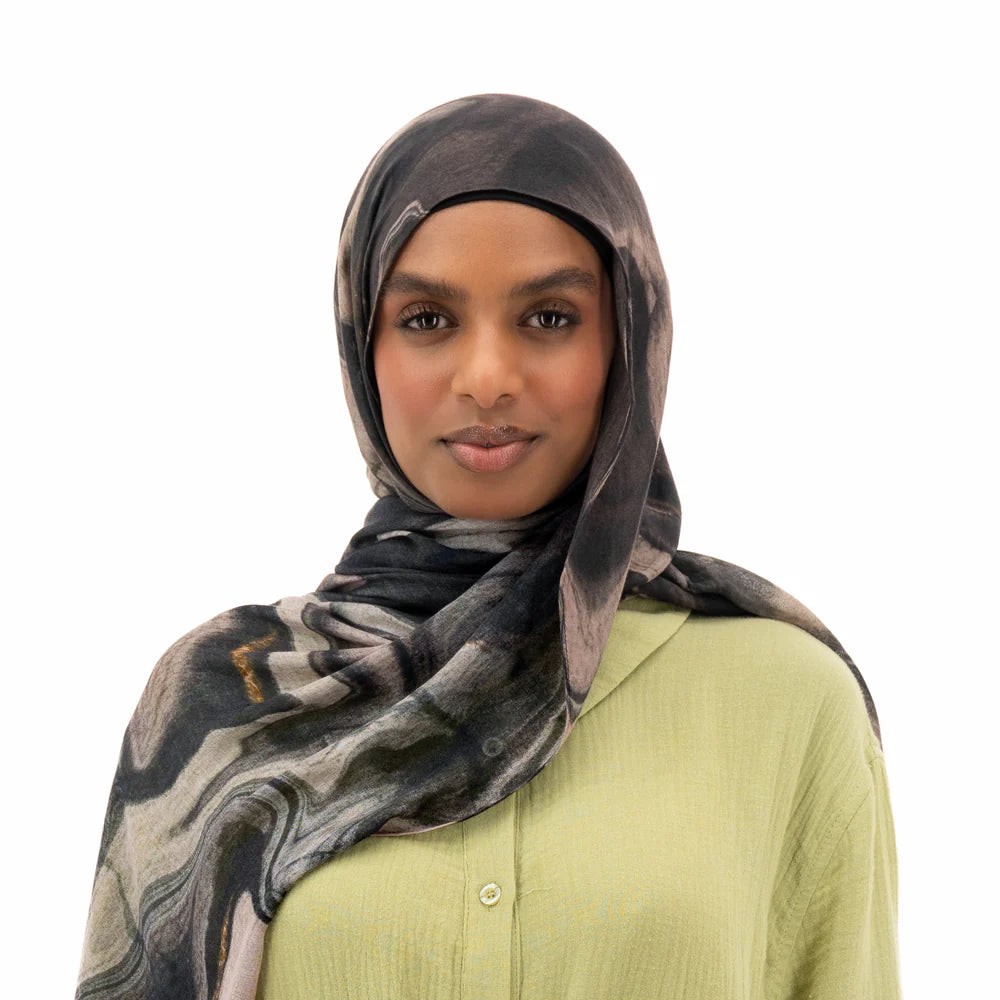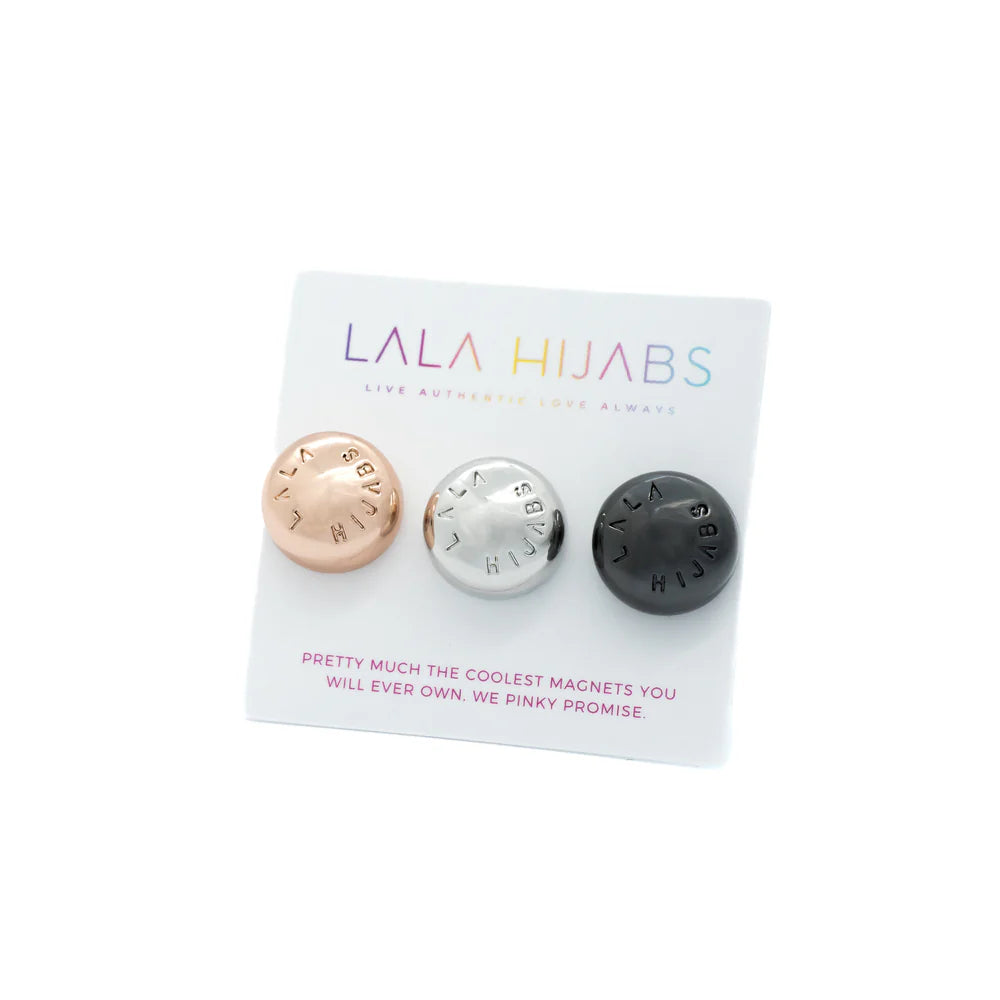
Great Colour Combinations for Hijab Outfits
Choosing the right colours for your wardrobe can seem like a daunting task, but it can be simple and fun with a little guidance. Whether you're dressing for a casual day out or a formal event, understanding how to mix and match colours can elevate your style and boost your confidence. From the basics of the colour wheel to trendy and seasonal pairings, knowing which colours look good together can make getting dressed an enjoyable experience.
The first step in mastering colour combinations is to understand colour theory. This involves learning about primary, secondary, and tertiary colours and how they interact on the colour wheel. Once you grasp these basics, you can start experimenting with classic combinations like monochromatic looks and complementary colours.
As fashion trends evolve, so do popular colour pairings. Exploring current trends like pastel and neutral mixes or bold and bright combinations can keep your wardrobe feeling fresh and current. Additionally, adjusting your colour choices with the seasons can add an extra layer of style to your outfits. Lighter, brighter colours are great for spring and summer, while deeper, richer shades work well for fall and winter.
By learning how to choose colours that complement each other, you can create a wardrobe that is both versatile and stylish. Let's dive into the vibrant world of colour combinations and discover how to enhance your fashion choices with the right hues.
Understanding Colour Theory
Primary, Secondary, and Tertiary Colours
Colour theory starts with the three primary colours: red, blue, and yellow. These colours are the foundation of all other hues and cannot be created by mixing other colours. When you mix primary colours together, you get secondary colours. For example, red and blue make purple, blue and yellow make green, and red and yellow make orange.
Tertiary colours are created by mixing a primary colour with a neighbouring secondary colour. This results in hues like red-orange, blue-green, and yellow-green. Understanding these three categories of colours helps you see how different shades and tones can work together. This basic knowledge is essential for mastering more complex colour combinations.
The Colour Wheel Basics
The colour wheel is a visual tool that displays the relationships between different colours. It helps you understand how colours interact and how to create harmonious combinations. The wheel is circular, with primary colours spaced evenly around it. Between the primary colours are the secondary colours, and between those are the tertiary colours.
When using the colour wheel, you can see which colours are complementary, analogous, or triadic. Complementary colours are opposite each other on the wheel, like red and green. These pairs create high contrast and vibrant looks. Analogous colours are next to each other, like blue and green, and create more harmonious and calming combinations. Triadic colours are evenly spaced around the wheel, like red, yellow, and blue, offering a balanced and dynamic look.
Classic Colour Combinations
Monochromatic Looks
Monochromatic looks involve using different shades, tones, and tints of a single colour. This approach creates a cohesive and elegant outfit. For example, if you choose blue, you might wear a navy skirt, a sky-blue blouse, and accessories in different shades of blue. Monochromatic outfits are simple to put together and deliver a polished, sophisticated appearance.
This combination works well because it keeps your outfit streamlined and visually appealing without being overwhelming. The key to pulling off monochromatic looks is to play with different textures and fabrics. This adds depth and interest to your outfit while keeping everything within the same colour family.
Complementary Colours
Complementary colours are pairs of colours that sit opposite each other on the colour wheel. These combinations, like blue and orange or purple and yellow, offer a high-contrast, vibrant appearance. Wearing complementary colours can make you stand out and create a bold statement.
To achieve a balanced look, it's often best to let one colour dominate while using the other as an accent. For instance, you could wear a green dress with red accessories. This way, the outfit remains harmonious and eye-catching without being too overpowering. Experimenting with complementary colours can be a fun way to add some excitement to your wardrobe.
Trendy Colour Pairings
Pastels and Neutrals
Pastels and neutrals are a perfect match for a soft, elegant look. Pastel colours like baby blue, soft pink, and mint green are light and soothing. When you pair them with neutrals such as white, beige, or grey, you create a balanced outfit that's both trendy and timeless.
For example, you can pair a pastel pink blouse with a beige skirt and white shoes. This combination is especially great for spring and summer as it reflects the light and airy feel of the season. Mixing pastels with neutrals allows you to add a splash of colour without overwhelming your outfit. It’s a simple way to add some charm and sophistication to your wardrobe.
Bold and Bright Combinations
If you love making a statement with your outfits, bold and bright colour combinations are the way to go. Think of vibrant colours like electric blue, fiery red, or sunny yellow. Mixing these bold colours can create eye-catching outfits that are full of energy and life.
For instance, pairing a bright yellow top with an electric blue skirt can make a striking outfit perfect for a fun day out or a special event. Don't be afraid to experiment with different bold colours to see what combinations you enjoy most. The key to pulling off bold and bright combinations is confidence. When you feel good about what you're wearing, it shows!
Seasonal Colour Suggestions
Spring and Summer Palettes
Spring and summer call for fresh, bright, and uplifting colours. Think of light pastels like baby blue, mint green, and soft pink. These shades reflect the blossoming flowers and clear skies of spring. For summer, vibrant colours like coral, turquoise, and sunny yellow can make your outfits pop and add to that warm-weather vibe.
Consider wearing a mint green dress with white sneakers for a fresh spring look. In the summer, you might opt for a coral top paired with turquoise accessories. These seasonal colours help you embrace the essence of spring and summer, keeping your wardrobe lively and on-trend.
Fall and Winter Shades
Fall and winter palettes are all about rich, deep colours that reflect the changing leaves and cozy atmosphere. Think of shades like deep red, mustard yellow, forest green, and navy blue. These colours bring warmth and depth to your outfits during the cooler months.
For a stylish fall look, you could wear a deep red sweater with a mustard-yellow scarf. In the winter, a navy blue coat paired with forest green gloves can keep you warm while looking chic. Embracing these seasonal shades allows you to align your wardrobe with the natural changes in the environment.
Conclusion
Colour combinations can transform your wardrobe and your overall style. By understanding colour theory, exploring classic and trendy pairings, and considering seasonal palettes, you can create outfits that reflect your personality and the time of year. From the simplicity of monochromatic looks to the vibrancy of bold combinations, there's a world of colours waiting to be explored.
Ready to elevate your wardrobe with stunning hijabs in beautiful colours? Visit Lala Hijabs to discover our wide range of high-quality hijabs and accessories. With our unique tie-dye designs and various fabrics, you’re sure to find the perfect hijab to match any outfit. Explore our collection at our hijab online store and add some fresh, new colours to your wardrobe!



